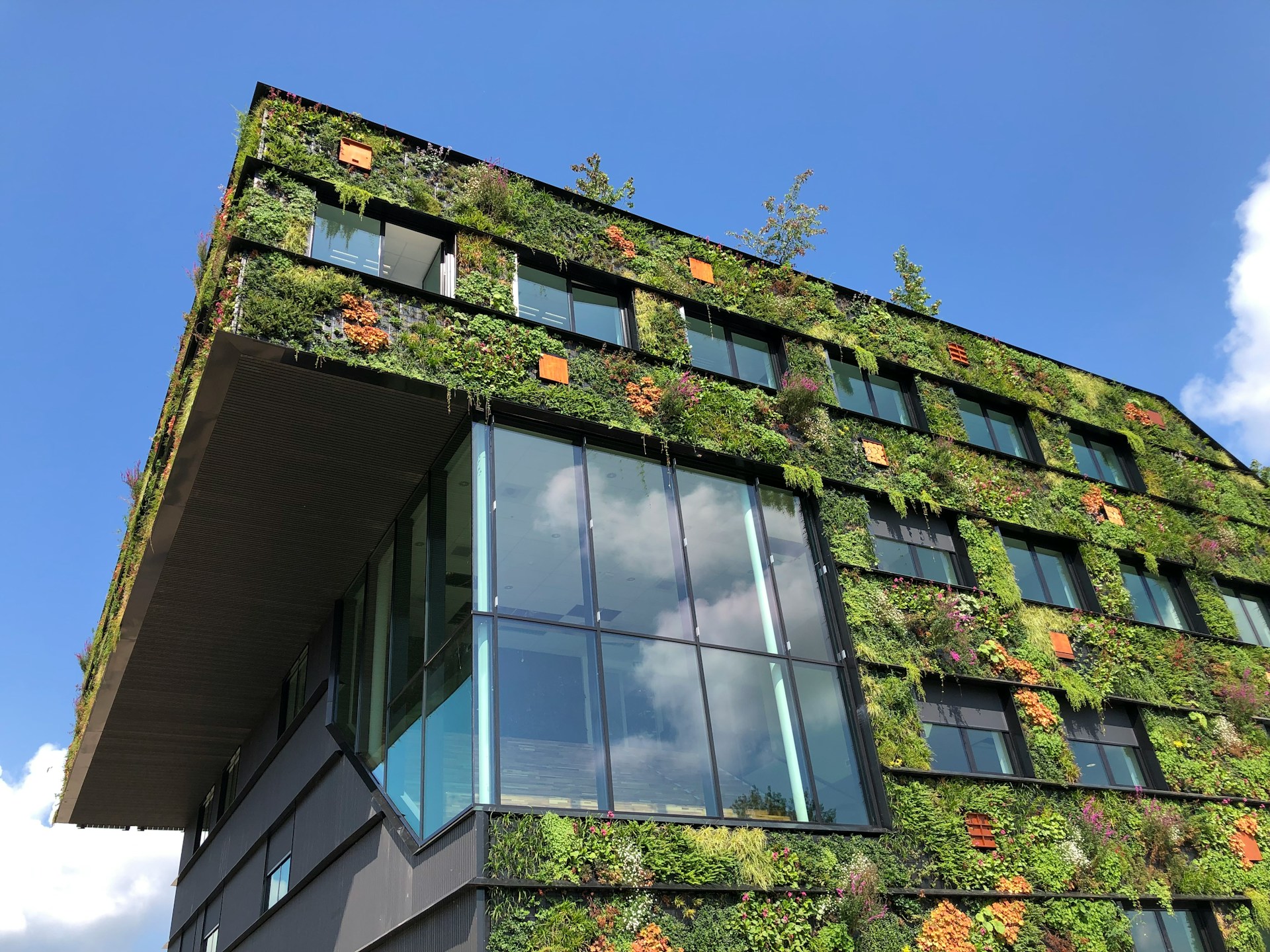Sustainable Affordable Housing : Building a Greener Future
The two popular concerns are the provision of low-priced housing and environmental sustainability that has been considered as two unrelated challenges.
They are, however, interrelated and can—and must—be solved simultaneously in order to build sustainable long-term solutions for both the housing deficit and climate change disaster.
Sustainable affordable housing construction impacts the environment positively and most importantly the occupants of the houses.
This blog is about affordable housing and its connection with environmental sustainability, the advantages of combining affordable housing with a sustainable environment, and possible ways of achieving sustainable affordable housing.
The Connection between Affordable Housing and Environmental Sustainability
Affordable and sustainable housing is the integration between building housing structures that are affordable to consumers, and those that are environmentally sound.
Residents from mere low-income households are the most vulnerable to environmental dilemmas inclusive of inadequate, poor quality and polluted air, little or no access to enhanced greenery, and natural disasters.
Hence, there is a need to construct affordable houses to accommodate people, especially at the low end with implement sustainable features to meet these challenges and foster better and healthier shelter.
Building techniques that do not cause harm to the environment, using energy-efficient materials and systems, and renewable power sources are not only energy efficient but also help lower the utility bill of residents of affordable housing.
This is so especially to the low income earners since they make a bulk of their expenses in the utilities.
This approach to delivering sustainable affordable housing means that a meaningful dent can be made on these two outcomes.
Benefits of Sustainable Affordable Housing
Co-consciousness in affordable housing projects creates multiple value propositions for sustainability both in structure and in the community.
Here are some key advantages:
1. Lower Utility Costs for Residents:
Installations and modifications that make these facilities more efficient include insulation, LED lighting, solar power applications, and energy star appliances, all of which lower the energy required for heating, cooling and lighting.
Besides, these features reduce environmental adverse effects and in the long run, reduce overall monthly utility bills hence making houses affordable to the residents.
2. Improved Health and Well-being:
Green building materials and designs help reduce the quality of air indoors by reducing the pollutants and containing nontoxic contents.
Also, the sustainable affordable housing projects must always incorporate provision for green areas that would enhance exercises in the body, and relaxation of the mind.
Especially for the low income families who may not afford to pay for recreation facilities in private areas the green spaces serve as health benefits.
3. Resilience to Climate Change:
Affordable housing that is built with consideration applied to the principles of sustainable development will have a capacity to deal with highly changeable climate.
Elements like the storm water system, heat proof construction materials, and roofs help make houses more climate resilient and protect from flood, heat, and storms.
This is especially important in matters addressing the vulnerable groups that are normally affected by climate disasters.
4. Reduction in Greenhouse Gas Emissions:
It has been discovered that the construction and running of the conventional building plays a role in the emission of greenhouse gases.
While developing and implementing energy efficiency measures, using renewable energy technologies, integrated into construction materials of affordable houses can minimize these emissions and benefit the global fight against climate change.

Strategies for Promoting Sustainable Affordable Housing
About integration of affordable housing and environmental sustainability, several strategies must be taken into consideration.
Here are some key approaches:
1. Incorporating Green Building Standards:
To do so, developers can use green building certification to set up green affordable housing, by LEED or Passive House standards.
You need these certifications to practice the use of sustainable resources, energy efficient systems and water conservation.
Such incentives as tax credits or grants can be offered to projects that are in a position to practice the principles of green building.
2. Utilizing Renewable Energy Sources:
Low cost housing schemes can incorporate renewable energy systems like photovoltaic solar panels or wind power and supply electricity to a community.
It not only narrowed its dependence on fossil fuel based power plants, but also lowered the electricity bill of the residents.
Other forms of motivation included giving incentives to people to get solar energy where affordable housing projects are, such as subsidy to install solar panels.
3. Emphasizing Location Efficiency:
Housing development in areas that are equidistant from the subway, bus stops, schools and workplaces would require less car use hence reducing greenhouse gases.
TOD intentions are to promote the construction of low-cost homes in areas that are accessible via public transport.
4. Encouraging Community Involvement:
Involving the residents in the planning and design of sustainable affordable housing can be an effective tool.
Citizen participation means that people in community will embrace sustainability programs including support and continuation of cycling programs or community gardens.
Conclusion
Sustainable affordable housing is the best solution that can help cope with the lack of housing and save the environment.
Energy efficient design elements, green building practices, and renewable energy systems can be an important part of affordable housing transforming them from places where people live into the major policy and solutions applications and dimensions against climate change and social injustice.
In order for an effective and sustainable affordable housing programme to be developed, all three tiers of government and private stakeholders must engage.
Given the appropriate policies and stimulus, subsidies, and designs it is possible to construct housing that is not only cheap but efficient and secure for future generations.
Also read: Improving the sustainability of affordable housing using innovative technologies


You made some respectable factors there. I looked on the internet for the difficulty and found most people will associate with together with your website.